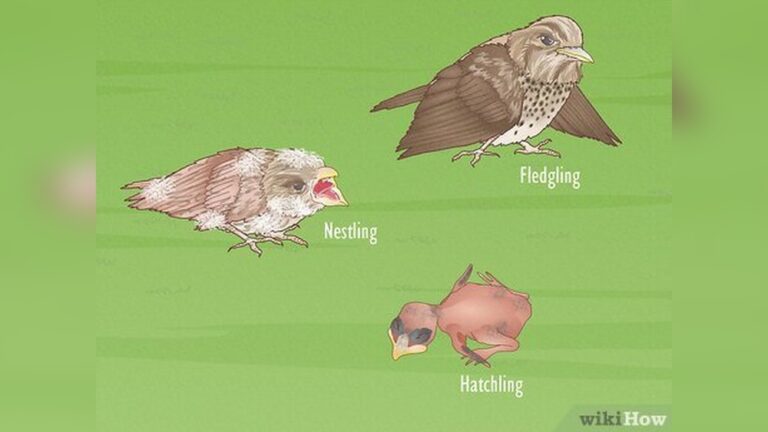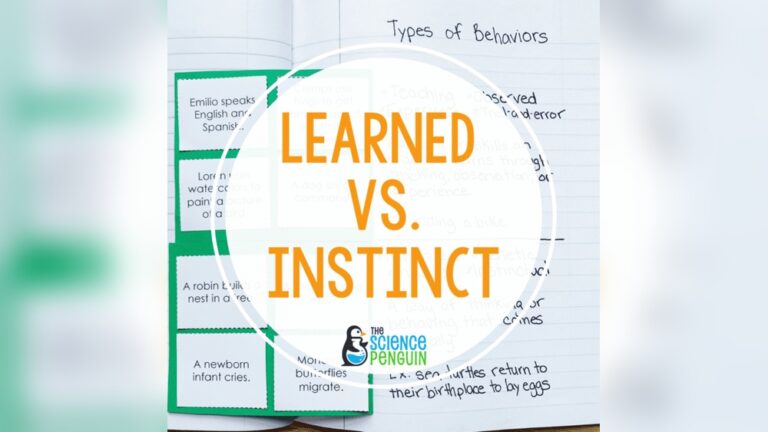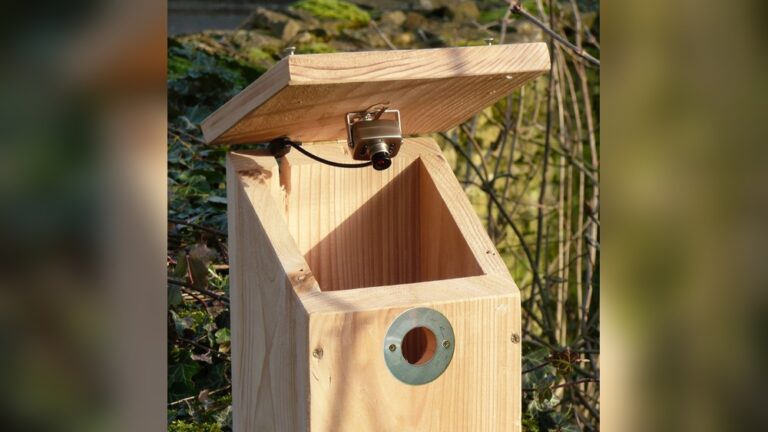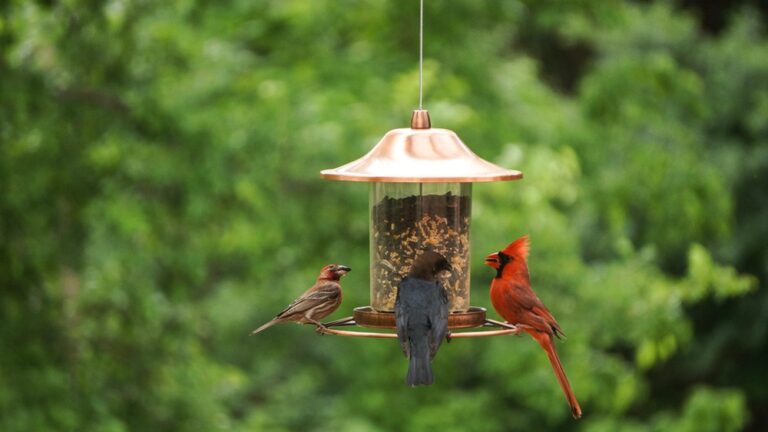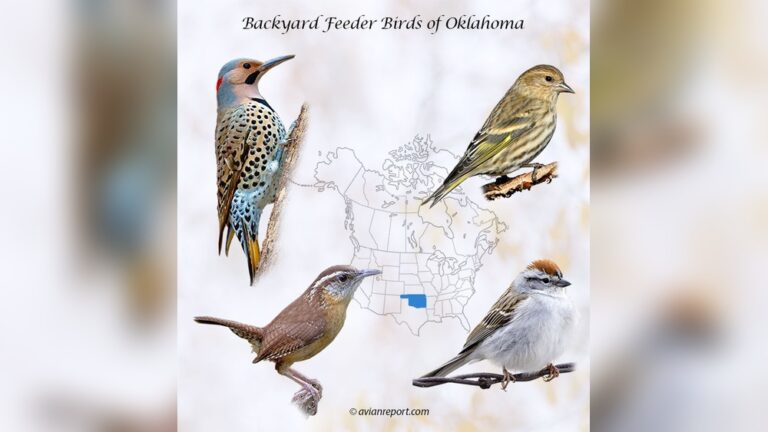How Do Birds Use Their Beaks To Eat
Have you ever wondered how birds manage to eat so many different kinds of food with just their beaks? Your curiosity about these amazing creatures is about to be rewarded.
Birds don’t have hands, yet they find clever ways to grab, crack, and swallow their meals. Understanding how birds use their beaks will change the way you see them forever. Keep reading, and you’ll discover secrets that make bird beaks one of nature’s most fascinating tools.
Beak Shapes And Diets
Birds have different beak shapes that match their diets. Their beaks help them eat specific foods easily. Each shape is perfect for a certain type of food. This shows how birds adapt to their environment and food sources.
Seed Crackers
Seed crackers have thick, strong beaks. These beaks help birds break hard seed shells. Birds like finches use their beaks to crush seeds quickly. Their beaks work like nutcrackers. This shape is short and stout.
Insect Catchers
Insect catchers have thin, sharp beaks. These beaks help them catch small, fast insects. Birds like warblers and flycatchers use pointed beaks. They grab insects in mid-air or from leaves. The beak is light and precise.
Fish Hunters
Fish hunters have long, sharp beaks. These beaks help them catch slippery fish. Birds like herons and kingfishers have pointed beaks. They stab or snatch fish from water. The beak is strong and narrow.
Nectar Feeders
Nectar feeders have long, slender beaks. These beaks help birds reach deep flowers. Hummingbirds use their beaks to sip nectar. Their beaks are curved or straight for flowers. The shape allows quick access to food.
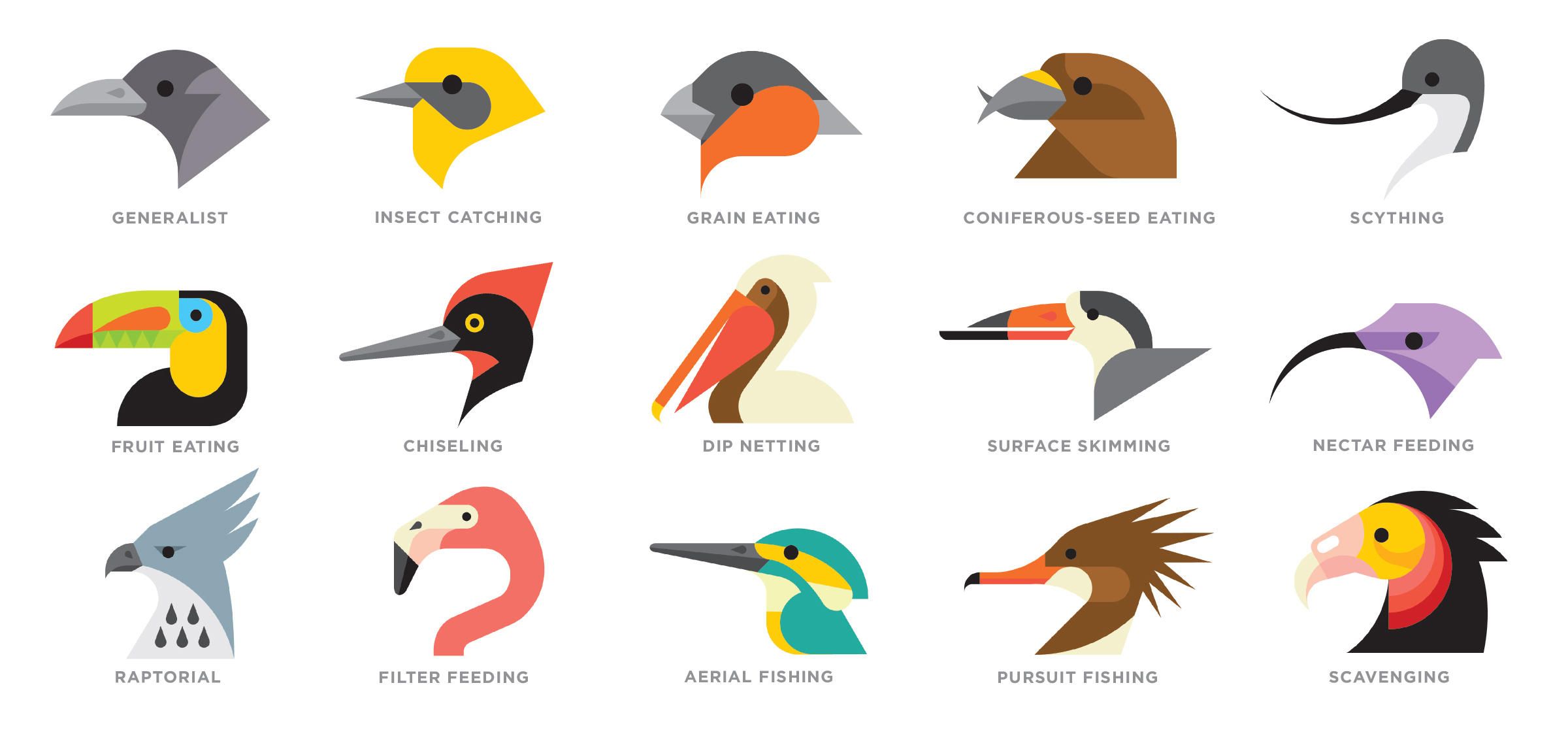
Credit: www.raritanheadwaters.org
Techniques For Food Handling
Birds use their beaks in many clever ways to handle food. Each species has a special technique suited to its diet. These techniques help birds catch, eat, and enjoy their meals. Understanding these methods shows how beaks work like tools in nature.
Pecking And Probing
Pecking means birds tap or jab at food with quick, sharp movements. Woodpeckers peck tree bark to find insects hiding inside. Probing involves pushing the beak deep into soil or water. Shorebirds use probing to find worms or small creatures underground. Both methods help birds reach hidden food sources.
Tearing And Shredding
Birds with strong, hooked beaks tear food into small pieces. Hawks and eagles tear meat from their prey. Shredding helps birds eat tough food like leaves or meat. These actions make food easier to swallow and digest. The beak acts like scissors or knives in this process.
Scooping And Straining
Scooping involves using a wide, flat beak to collect food. Ducks scoop water and mud, then filter out edible bits. Straining helps separate food from water or dirt. Flamingos use this technique by moving their beaks side to side in water. These skills allow birds to feed on tiny plants and animals.
Beak Adaptations For Specific Foods
Birds have different beak shapes. Each shape helps them eat certain foods. These shapes are called adaptations.
Beaks can be strong, long, or flat. Each type suits a bird’s diet and lifestyle. These adaptations make eating easier and more efficient.
Strong Hooks For Predators
Predatory birds have strong, curved beaks. These beaks act like hooks. They help catch and tear meat easily.
Birds like eagles and hawks use their hooked beaks to rip flesh. This beak type is sharp and powerful.
Long Bills For Reaching
Some birds have long, slender beaks. These beaks help reach food in tight places. Wading birds use long bills to probe mud or water.
Herons and ibises use their long bills to catch fish or insects. The shape helps them reach deep or narrow spots.
Flat Beaks For Filtering
Ducks and other water birds have flat, broad beaks. These beaks work like strainers. They filter small plants and animals from water.
The flat shape helps trap food while letting water escape. It works well for feeding in ponds and lakes.

Credit: www.birdsandblooms.com
Role Of Beaks In Food Preparation
Birds use their beaks for many tasks beyond just eating. Their beaks help prepare food so they can eat it more easily. Each bird’s beak shape suits the type of food it eats. This helps birds get the most from their meals.
Beaks act like tools. They crack, peel, and clean food before eating. This makes feeding faster and safer for birds. Let’s explore how birds use their beaks to prepare food.
Cracking Nuts And Seeds
Many birds eat hard nuts and seeds. Their strong beaks work like nutcrackers. They hold the seed firmly and apply pressure. This breaks the tough shell. Birds then reach inside to eat the soft parts.
Some birds have thick, curved beaks to crack shells. This shape gives extra strength. They can open even the hardest seeds with ease.
Removing Shells
Birds that eat shellfish or insects use their beaks to remove shells. Their sharp beaks help peel away outer layers. This exposes the edible parts inside. Removing shells is important for safe eating.
Birds may tap shells to crack them open. Then, they pull pieces off with precise beak movements. This skill saves time and energy during feeding.
Preening Food
Preening food means cleaning and adjusting it before eating. Birds use their beaks to remove dirt or small parts they don’t want. This makes the food easier to swallow.
Some birds also use their beaks to tear large food into smaller pieces. This helps them eat quickly and avoid choking. Their beaks act like scissors or tweezers during this process.
Beak And Feeding Behavior
Birds use their beaks in many ways to eat. The shape and size of a beak help birds pick up food, crack seeds, or catch insects. Each bird’s beak fits its diet perfectly.
Feeding behavior varies among species. Some birds eat alone, while others feed in groups. Parents also use their beaks to feed their young. These methods show how beaks support different feeding styles.
Solo Feeding Styles
Many birds feed by themselves. They use their beaks to grab food from trees, ground, or water. Birds like woodpeckers use sharp beaks to drill into wood for insects. Hummingbirds have long, thin beaks to reach nectar inside flowers. Solo feeders rely on their beak shape to find and eat food quickly.
Group Feeding Strategies
Some birds feed in groups to find food easier. Starlings and pelicans often hunt or gather food together. Group feeding helps them protect food sources from other animals. Birds use their beaks to share or fight over food during these times. This teamwork helps many birds survive in tough environments.
Parental Feeding Methods
Parent birds use their beaks to feed their chicks. They catch or gather food and bring it back to the nest. Parents often break food into smaller pieces for young birds. Some birds gently place food directly into their chick’s mouths. Beaks play a key role in caring for and feeding young birds.

Credit: abcbirds.org
How Smart Pets Lover Can Help You with How Do Birds Use Their Beaks To Eat
Bringing Bird Beak Insights Into Everyday Learning
Understanding how birds use their beaks to eat opens up delightful practical learning opportunities for pet parents and bird lovers alike. Observing the role of beaks in food preparation and feeding behavior can deepen your connection with your feathered friends. For example, noticing how a finch’s slender beak expertly handles tiny seeds compared to a parrot’s curved beak cracking nuts can inspire hands-on activities such as creating varied feeding stations that mimic natural diets.
This awareness encourages responsible pet ownership by tailoring diet and enrichment to specific beak adaptations and feeding techniques, making mealtime both nutritious and engaging. Sharing these observations with family or friends can foster curiosity and empathy for birds’ unique needs, supporting Smart Pets Lover’s mission to make every pet parent feel informed and confident.
For further guidance on bird care or to explore related topics like beak shapes and diets, you can reach out to expert communities or trusted resources through smartpetslover.com/contact. Remember, every chirp tells a story worth learning from.
Frequently Asked Questions
How Do Birds Use Their Beaks To Catch Food?
Birds use their beaks to grab, pierce, or scoop food. The shape of the beak helps them catch specific prey quickly and efficiently.
Why Are Bird Beaks Different Shapes And Sizes?
Bird beak shapes vary to suit their diets. Different shapes help birds eat insects, seeds, nectar, or fish effectively.
Can Bird Beaks Help Them Eat Tough Foods?
Yes, some birds have strong, sharp beaks to crack nuts or tear meat. Their beaks adapt to handle tough foods easily.
How Do Birds Use Their Beaks To Drink Water?
Birds dip their beaks in water and scoop it up. Some birds use a quick pecking motion to drink efficiently.
Conclusion
Birds use their beaks in many smart ways to eat. Their beak shape helps them catch and eat different foods. Some beaks crack seeds, while others catch insects or fish. Beaks also help birds drink water or groom themselves. This shows how nature designs each bird for its food needs.
Watching birds eat teaches us about their life and habits. Their beaks are small tools with big jobs. Understanding this helps us appreciate birds more. Nature’s clever designs never fail to amaze.

